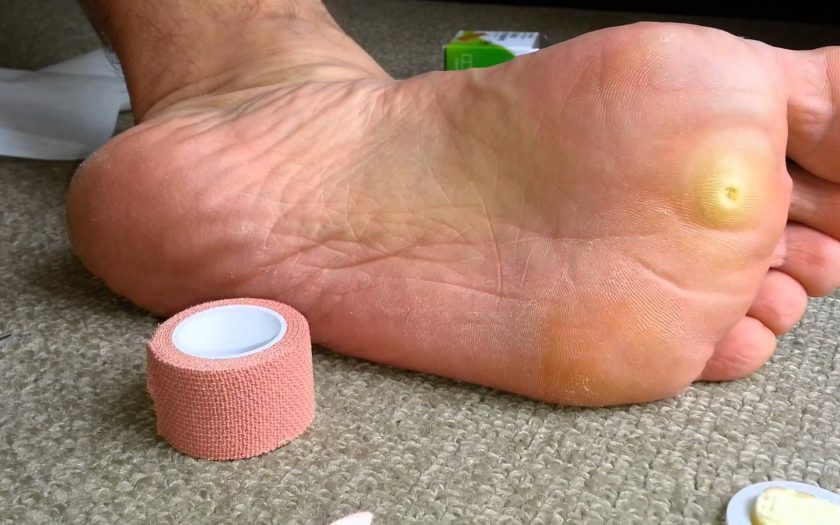New rubber – for the car, new shoes – for your feet! It is a very good idea. But if with the car wheels do not occur problems from such change, then the legs, on the contrary, often react and suffer. They begin to become covered with calluses, corns, and edema.
This reaction of our feet to tight-fitting demi-season shoes is quite normal. Medicine even has a special section – a podology that solves only the problems of maintaining the beauty and health of the feet. Removal of calluses and corns is within the scope of its activity. Keep in mind that tight shoes are one of the main causes of problems, but not the only one. Sometimes calluses appear due to malfunctioning of the other organs, incorrect placement of the fingers, the development of flat feet, so do not hesitate to consult a specialist.
Sometimes you can help yourself at home. But for this, you need to understand the mechanism of the appearance of “corns” and “calluses” on your feet, as well as understand how they differ from each other. Treatment for each problem is different.
Corns are the seals of the skin that occur during the rubbing process. If a bubble with a clear fluid inside appears on the grated spot, it is dropsy, or as it is properly called moist corns. If the friction was very strong, then the fluid would be mixed with blood, and then it would be blood corns. If you do not stop the rubbing process in time, the corpus of corn may flake and an open wound may form and the infection may enter. Sometimes, if the bubble is very large, it is break up with the help of a needle and in compliance with all sanitary rules. Puncture is done carefully so as not to damage the walls of the bubble (it protects against the ingress of harmful bacteria). Then on the corn is applied an ointment with antibiotics and apply a gauze protective bandage or bactericidal patch. For the treatment of wet corns, it is also possible to make foot baths with decoctions of herbs that have antiseptic and drying properties, for example, with calendula or chamomile.
Very often, dry corns may occur in areas where wet corns have repeatedly appeared. The process of healing of wet corns with the constant growth of a new layer of skin leads to the appearance of a seal that penetrates deep into the tissue of the foot and even has a root. It is much harder to cure such corns. First, the corn must be steamed with compresses or hot tubs of celandine, tea tree oil or salt. Next, a patch or ointment, based on salicylic acid or urea, is placed in the place of the corns.
Often dry corns are confused with calluses. But unlike the latter, the dry corns have the shape of a circle or oval, with even borders and a conical root. Calluses are rough skin of various shapes, outlines, and sizes. They appear mostly on the feet themselves. The only way to get rid of them is to soften and then remove them with a pumice stone. But do not delay and hope that it will pass! If you do not remove the calluses for a long time, small cracks can be formed in the damaged areas, because of poor nutrition of cells, through which infection can easily penetrate.
And don’t forget about prevention! Avoid tight uncomfortable shoes and watch the hygiene of your feet!

